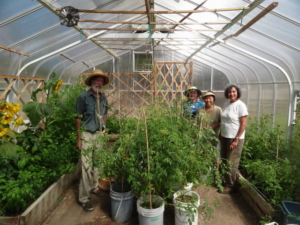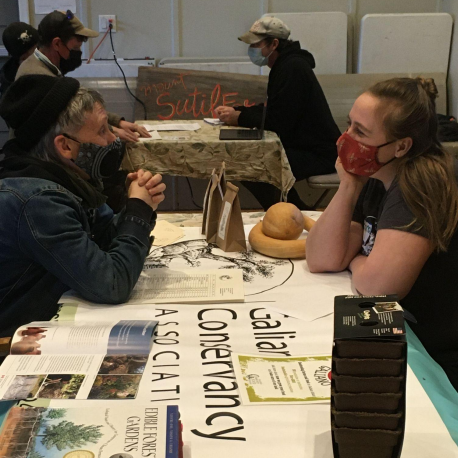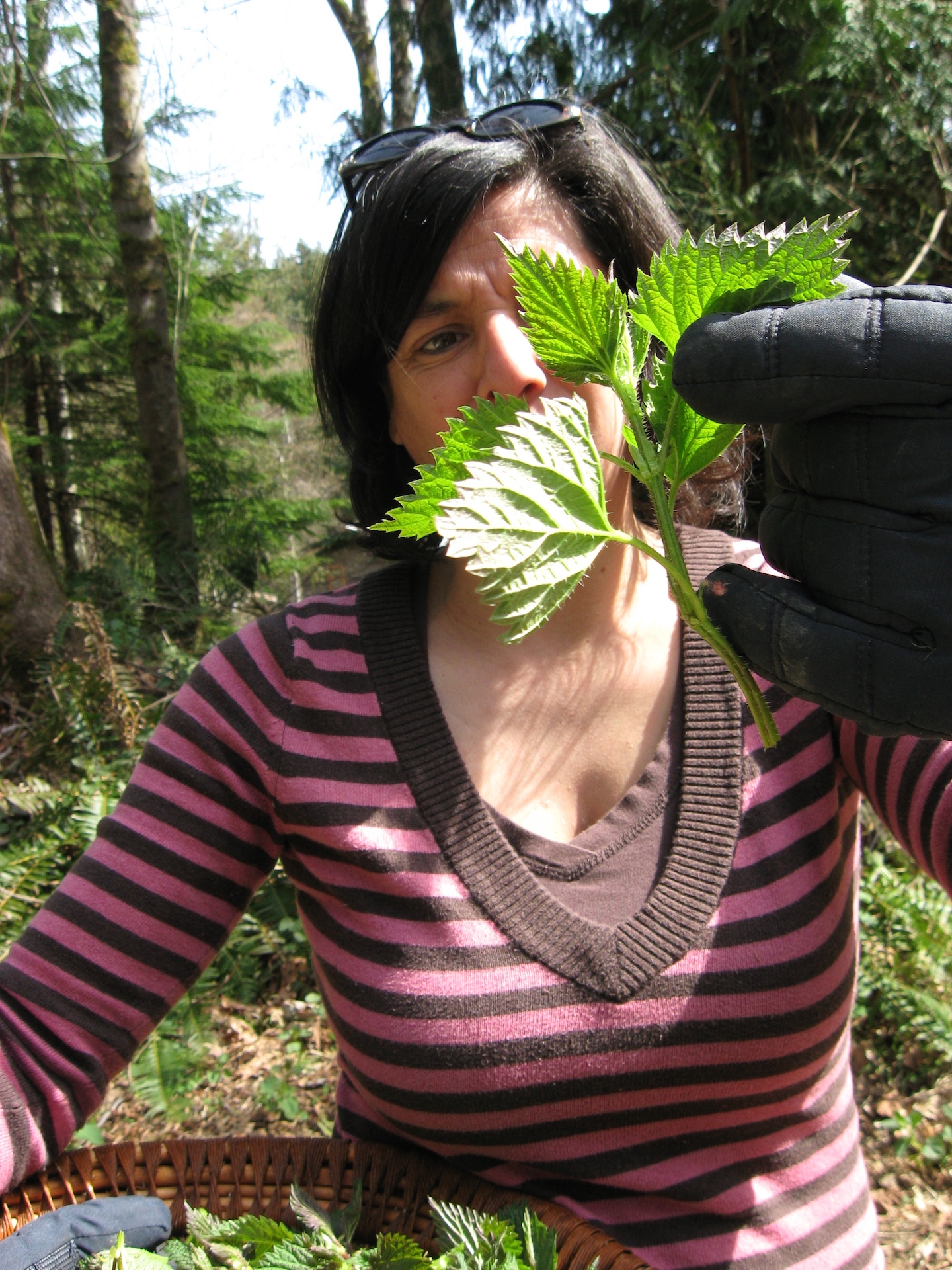 The seed starting group got off to a solid start on March 4th with our first plantings of the season. Initial attendance went from 7 participants to a total of ten participants by the end of the month. At March’s first meeting, seed starting soil and soilless mixes, their components and purposes were discussed. The agreed upon recipe was made up in a large enough batch for everyone to plant their seeds. The initial planting included parsely, celery, fennel, onions of various types and leeks.
The seed starting group got off to a solid start on March 4th with our first plantings of the season. Initial attendance went from 7 participants to a total of ten participants by the end of the month. At March’s first meeting, seed starting soil and soilless mixes, their components and purposes were discussed. The agreed upon recipe was made up in a large enough batch for everyone to plant their seeds. The initial planting included parsely, celery, fennel, onions of various types and leeks.
At the next meeting planting included peppers, eggplants, fennel and some brassica. Discussion continued regarding seed starting mixes and the overall comparative pros and cons of coconut coir vs. peat moss as a base for mixtures. A member volunteered to do some research into the sustainability and carbon footprint of peat moss. At this meeting, it the group decided to reduce the amount of sand in the chosen recipe as the previous mix seemed a bit heavy. Germinating and watering instructions were reviewed as well.
The third meeting of the month focused on planting greens, chois, kale and a second planting of onions and leeks. The discussion regarding peat moss vs. coir continued with it being reported that the harvest of peat moss in North America was quite harmful to local plants and wildlife. Cleanup of the greenhouse beds began with many foodplants being finally removed after overwintering to make room for this seasons plantings. Some sprouted celery seedlings were removed from the greenhouse beds and transplanted to containers for members.
At the final March meeting we planted broccoli, cabbage and various greens including lettuce, corn salad, kale and choi. Members brought trays of sprouted vegetables and herbs from earlier plantings to review and evaluate. The impact of full spectrum light was obvious with the plantings of the same seeds that then went to different households, creating much quicker and fuller growth in the seedlings. The heavier coir mix with the initial measurement of sand appeared to be too heavy for some seed to germinate, while the same mix with added perlite for aeration did fine. Using this mix in a solid tray seemed to retain far too much moisture and resulted in pretty much no germination and damp off of the few seeds that did sprout. It was suggested that the same mix might work better if perlite were added and it was put in upright pots rather than a flat tray. Bottom heat was also suggested to encourage germination and it was noted that peppers and eggplants both need a very high soil temperature to germinate which could best be achieved through the use of heating pads, sheets or cables. A final cleanup of the greenhouse beds was done before the meeting ended, making room for the hot weather plants that will go in there this season.
It was also reported at this meeting that the processing of coconut coir requires huge amounts of fresh water and typically travels through several countries before arriving at the west coast of Canada for sale. This suggests that the choice between peat moss and coconut coir as a base gardening material is not as clear as we thought and really one has to weigh the different pros and cons and make an informed decision knowing that the harvest and preparation of both have a negative environmental impact.
In April we will be transplanting our seedlings, sharing our existing sprouted plants amongst the group and starting to plant more warm weather plants such as various tomatos, cucumbers, basil, summer squash, melons and winter squash. Depending on the spring weather, beans may also be started in containers to get a jump on the season if cooler. The remaining celery seedlings in the greenhouse beds will be transplanted and shared out to go in the school garden and personal gardens of members as well.
Our recipes for starter mix and transplant mix follow.
Good gardening to everyone!!!!!
SEED STARTING MIX
1 part coconut coir – rinsed and soaked
1 part compost
1 part perlite
¼- ½ part sand
TRANSPLANT MIX
1 wheel barrow of seed start mix as above
1-1 ½ c. organic fertilizer mix. See below
Add extra compost or water with compost teas for heavy feeding transplants e.g. tomatos, squash, peppers
ORGANIC FERTILIZER MIX
4 parts seed meal (alfalfa, canola etc)
1 part bone meal
1 part kelp meal




Leave A Comment
You must be logged in to post a comment.